📌 Introduction
Investing wisely is the key to financial freedom, especially in a fast-evolving economy like India. Whether you’re a first-time investor or someone looking to diversify your portfolio in 2025, choosing the right investment avenue can be overwhelming. This article breaks down the top 6 investment options in India—comparing returns, risks, and suitability to help you make smart money decisions.
🏆 1. Stocks (Equity Investments)
✅ Ideal For: Long-term wealth creation
Stocks represent ownership in a company and are traded on the stock exchange. With high returns potential, equity investments are suitable for those who understand market risks.
- Returns: Historically 10%–15% annually
- Risk Level: High
- Liquidity: High (can buy/sell easily via brokers or apps)
- Taxation: 10% on LTCG (above ₹1 lakh)
Tip: Invest through platforms like Zerodha, Upstox, or Groww if you’re a DIY investor.
🪙 2. Mutual Funds
✅ Ideal For: Moderate-risk takers seeking professional management
Mutual funds pool money from investors to invest in diversified portfolios (stocks, bonds, etc.).
- Returns: 8%–12% on average (depending on fund type)
- Risk Level: Varies (Equity > Hybrid > Debt)
- Liquidity: High (open-ended funds)
- Taxation: LTCG and STCG based on fund type
Popular Types:
- SIPs (Systematic Investment Plans)
- ELSS (tax-saving funds under 80C)
🏠 3. Real Estate
✅ Ideal For: Long-term investors and rental income seekers
Real estate remains a popular option for capital appreciation and steady rental income.
- Returns: 8%–10% yearly (excluding appreciation)
- Risk Level: Medium (market, legal, liquidity risks)
- Liquidity: Low (takes time to buy/sell)
- Taxation: Capital gains, stamp duty, registration charges
Note: Real Estate Investment Trusts (REITs) are gaining popularity as a low-entry alternative.
🔒 4. Fixed Deposits (FDs)
✅ Ideal For: Risk-averse investors
Fixed deposits are a traditional and safe investment, backed by banks and financial institutions.
- Returns: 6%–7.5% per annum (as of 2025)
- Risk Level: Very Low
- Liquidity: Medium (penalty for early withdrawal)
- Taxation: Interest is taxable
Pro Tip: Consider laddering FDs with varying tenures for better flexibility.
🧾 5. Public Provident Fund (PPF)
✅ Ideal For: Long-term, tax-saving investment
Backed by the Government of India, PPF is a secure and tax-efficient option with compounding benefits.
- Returns: 7.1% (as of July 2025)
- Risk Level: None (government-backed)
- Liquidity: Partial withdrawal after 6 years
- Taxation: EEE (Exempt-Exempt-Exempt)
Lock-in: 15 years (can be extended in blocks of 5)
🧓 6. National Pension System (NPS)
✅ Ideal For: Retirement planning
NPS is a government-regulated pension scheme with equity-debt mix exposure and tax benefits.
- Returns: 9%–12% over the long term
- Risk Level: Moderate
- Liquidity: Low (partial withdrawal after 10 years)
- Taxation: Partial tax-free withdrawal on maturity
Section 80CCD(1B) allows additional ₹50,000 tax deduction over and above 80C.
📊 Comparison Table (At a Glance)
| Investment Option | Risk Level | Expected Returns | Tax Benefits | Liquidity |
|---|---|---|---|---|
| Stocks | High | 10–15% | No (except LTCG limit) | High |
| Mutual Funds | Medium | 8–12% | Yes (ELSS under 80C) | High |
| Real Estate | Medium | 8–10% | Yes (limited) | Low |
| FDs | Low | 6–7.5% | Partial (senior citizens) | Medium |
| PPF | None | 7.1% | Yes (80C & EEE) | Low |
| NPS | Moderate | 9–12% | Yes (80CCD) | Low |
🧠 Conclusion
There’s no one-size-fits-all investment. Your choice should depend on:
- Risk appetite
- Financial goals (short-term vs long-term)
- Tax strategy
- Liquidity needs
Pro Tip: Diversify across multiple instruments to balance risk and reward. Start with SIPs or PPF for a disciplined approach, and gradually explore equities or real estate as your financial confidence grows.

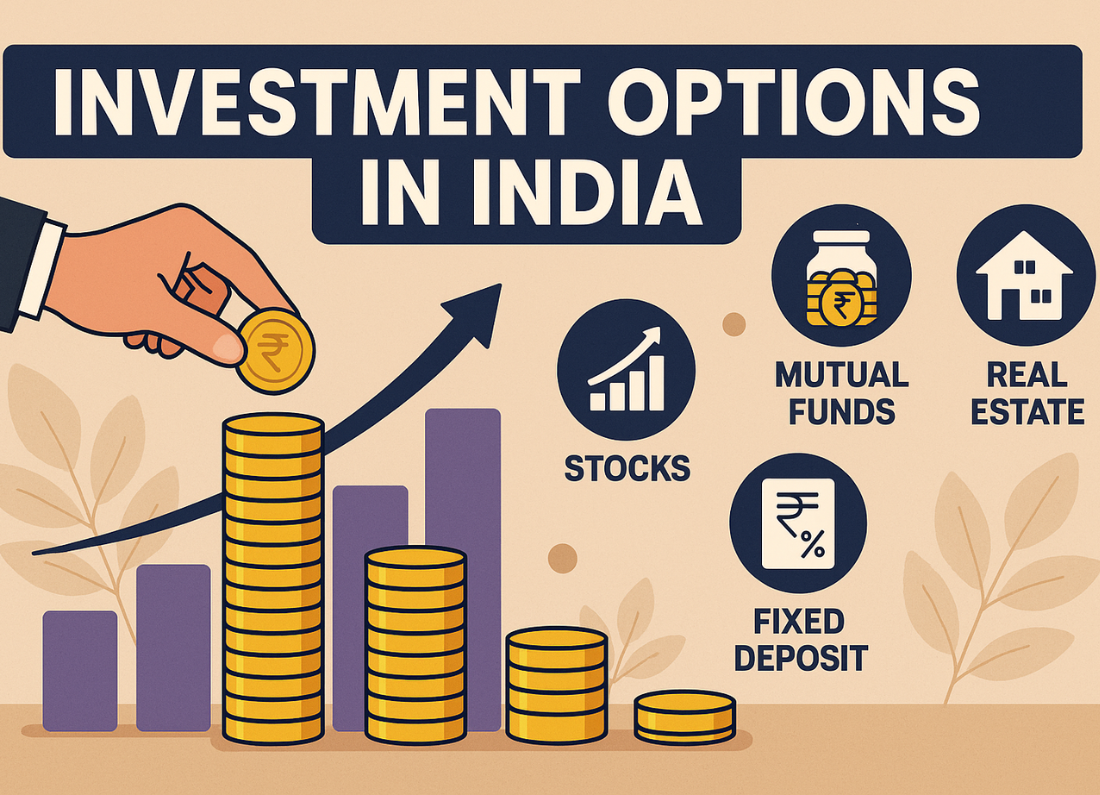


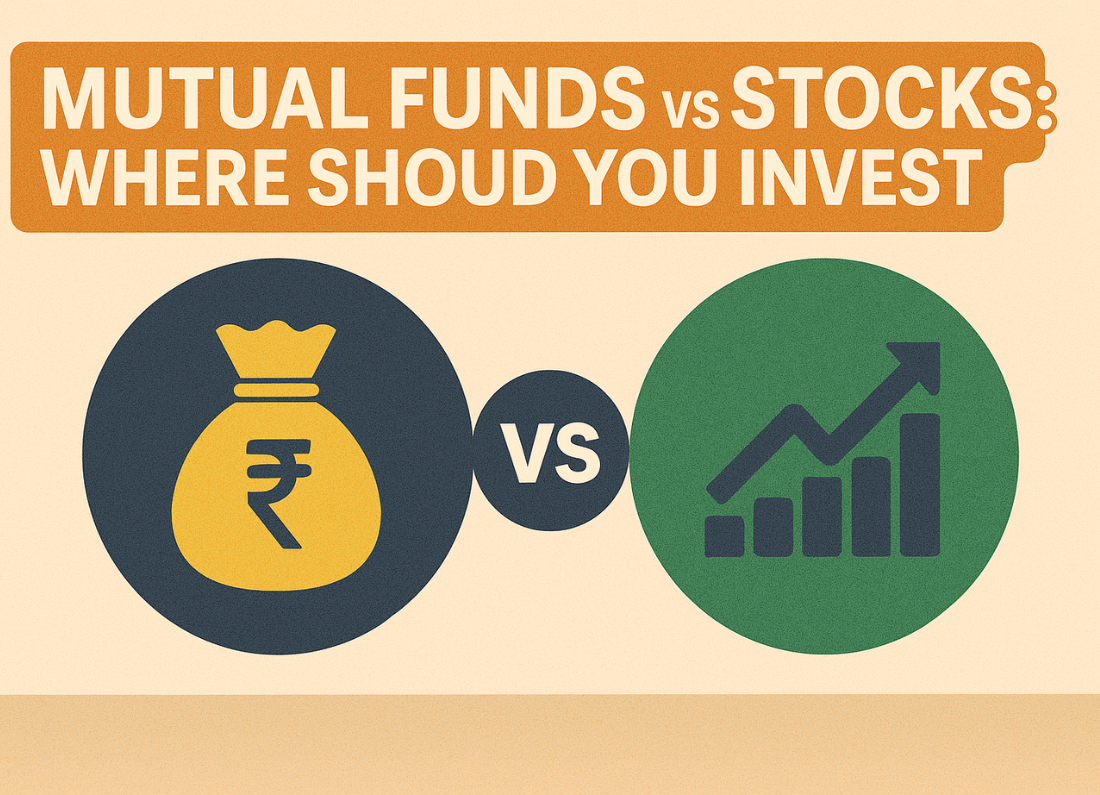

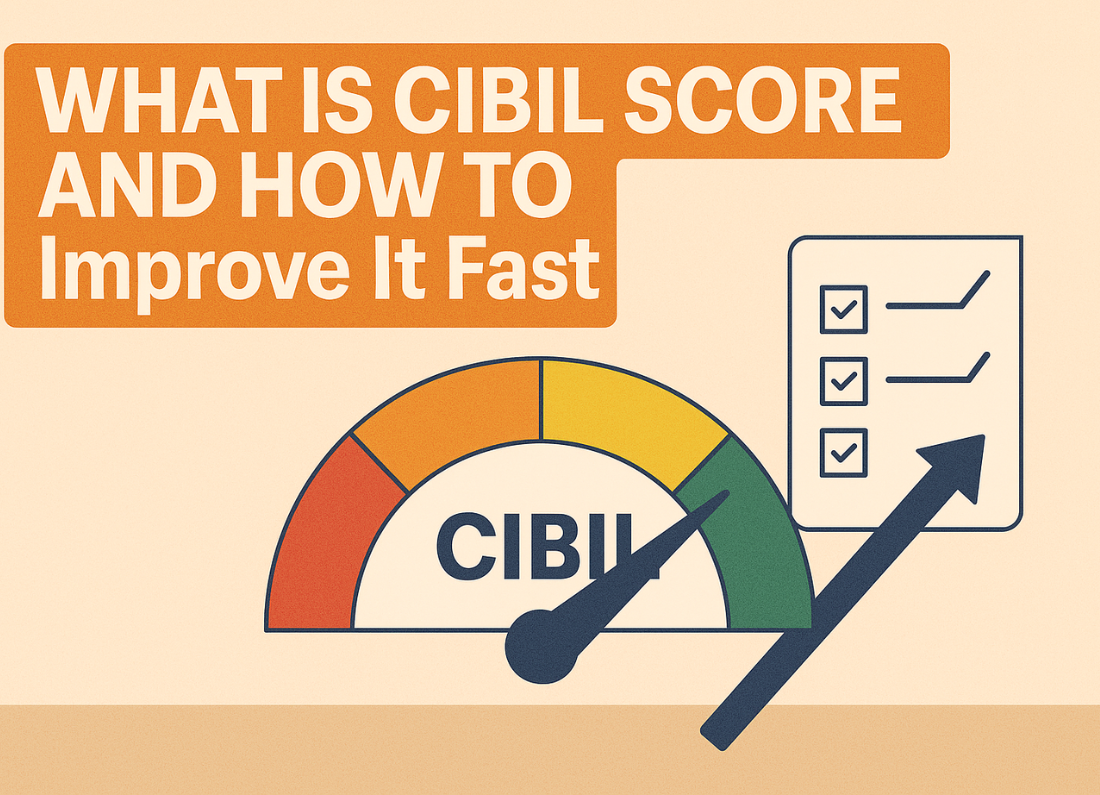
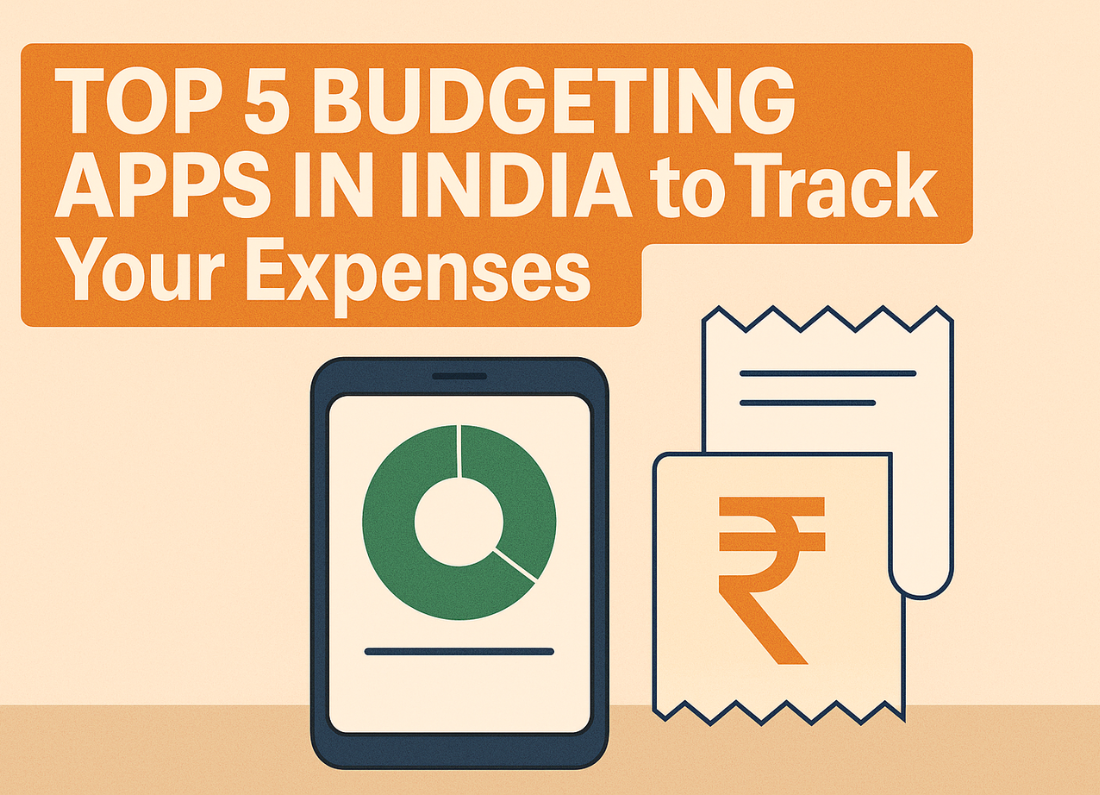

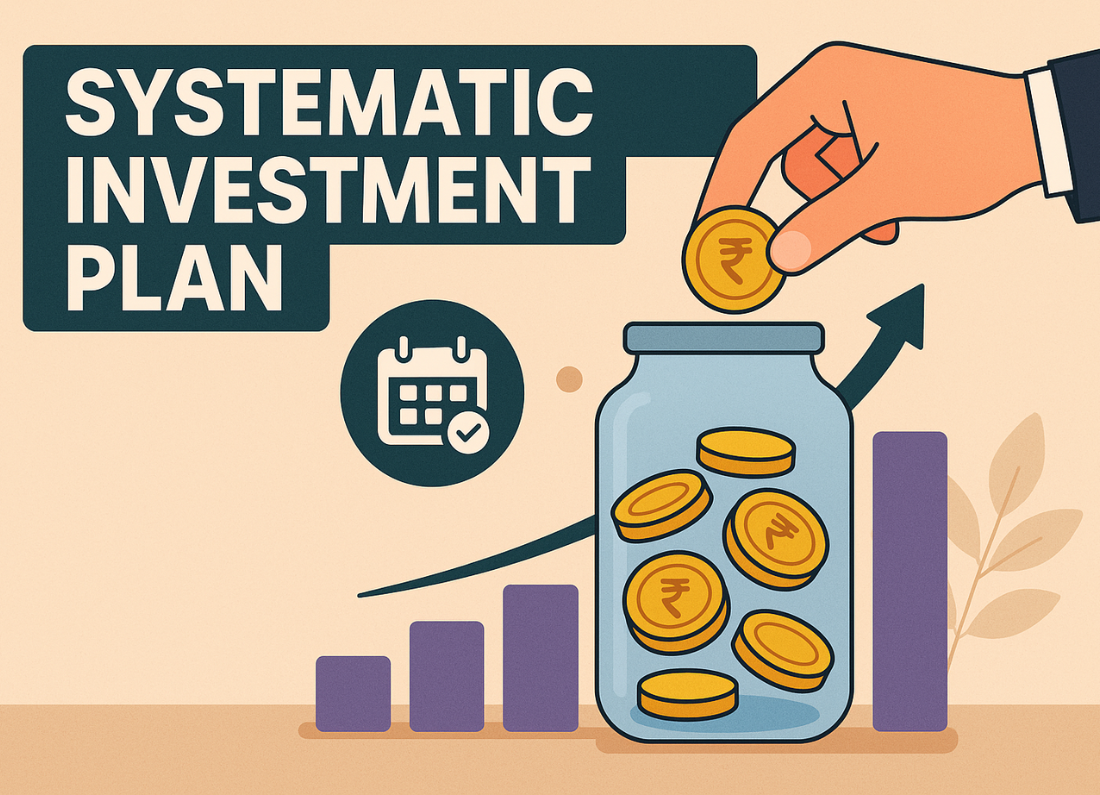




Leave a Reply